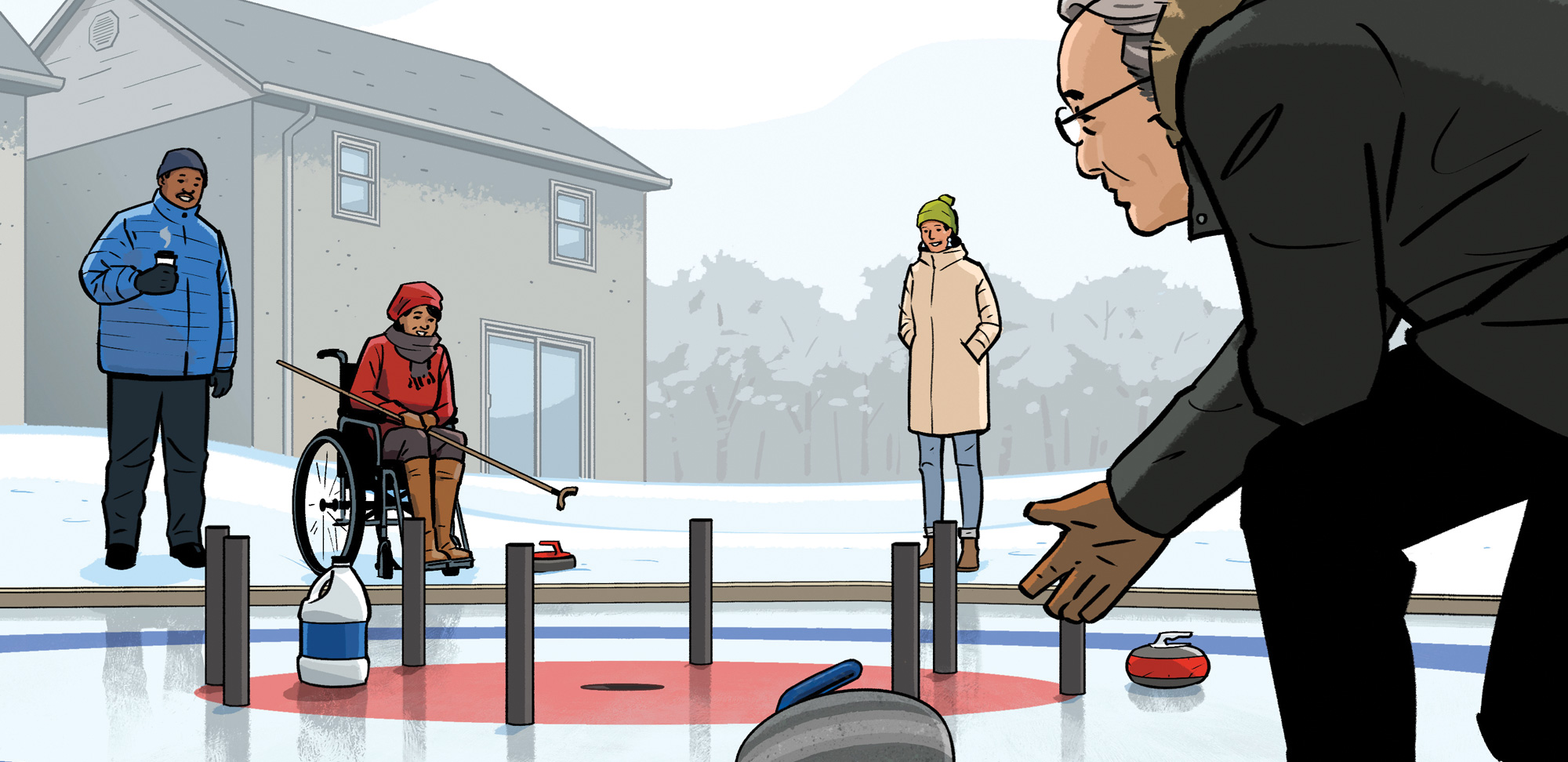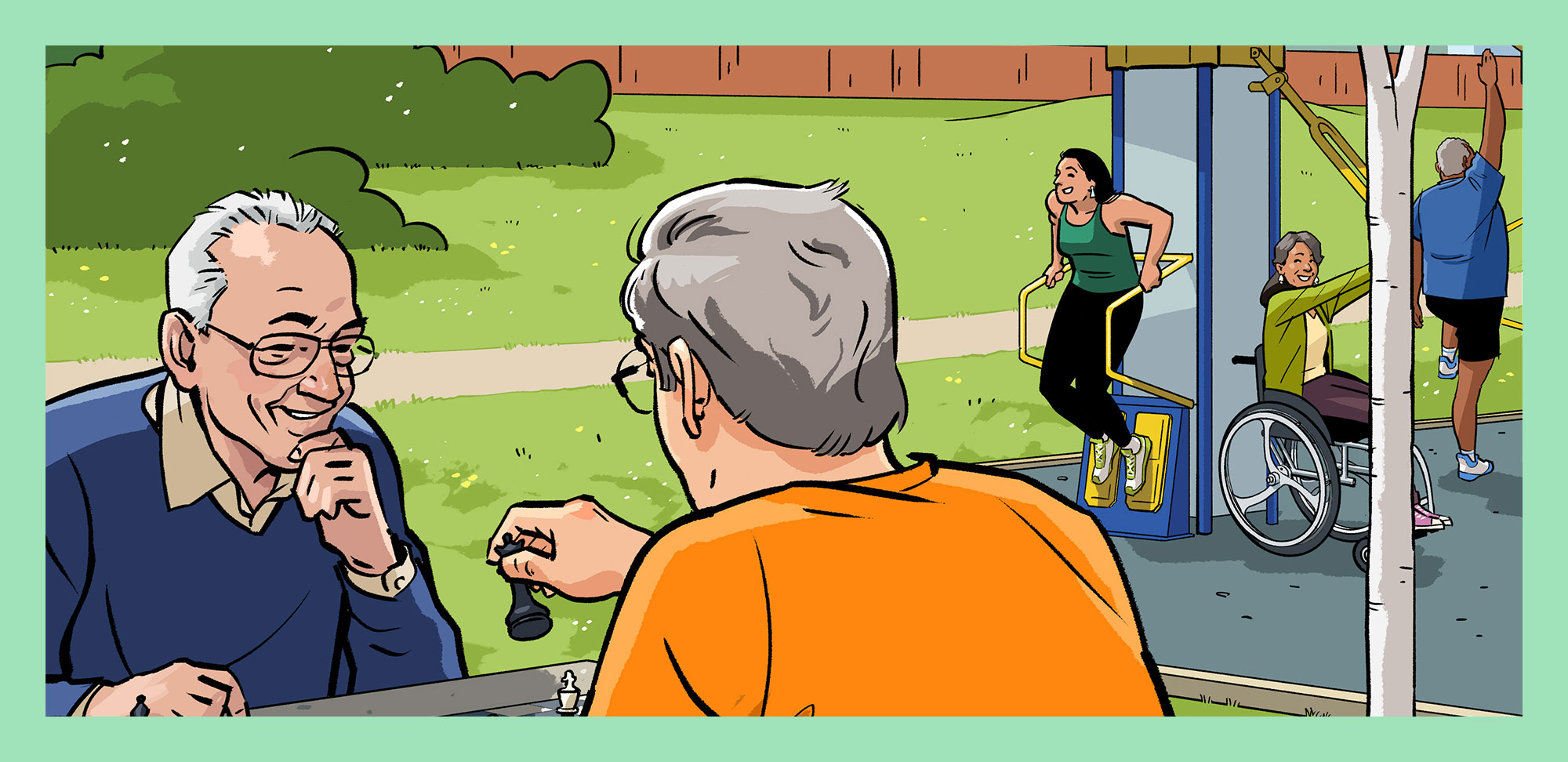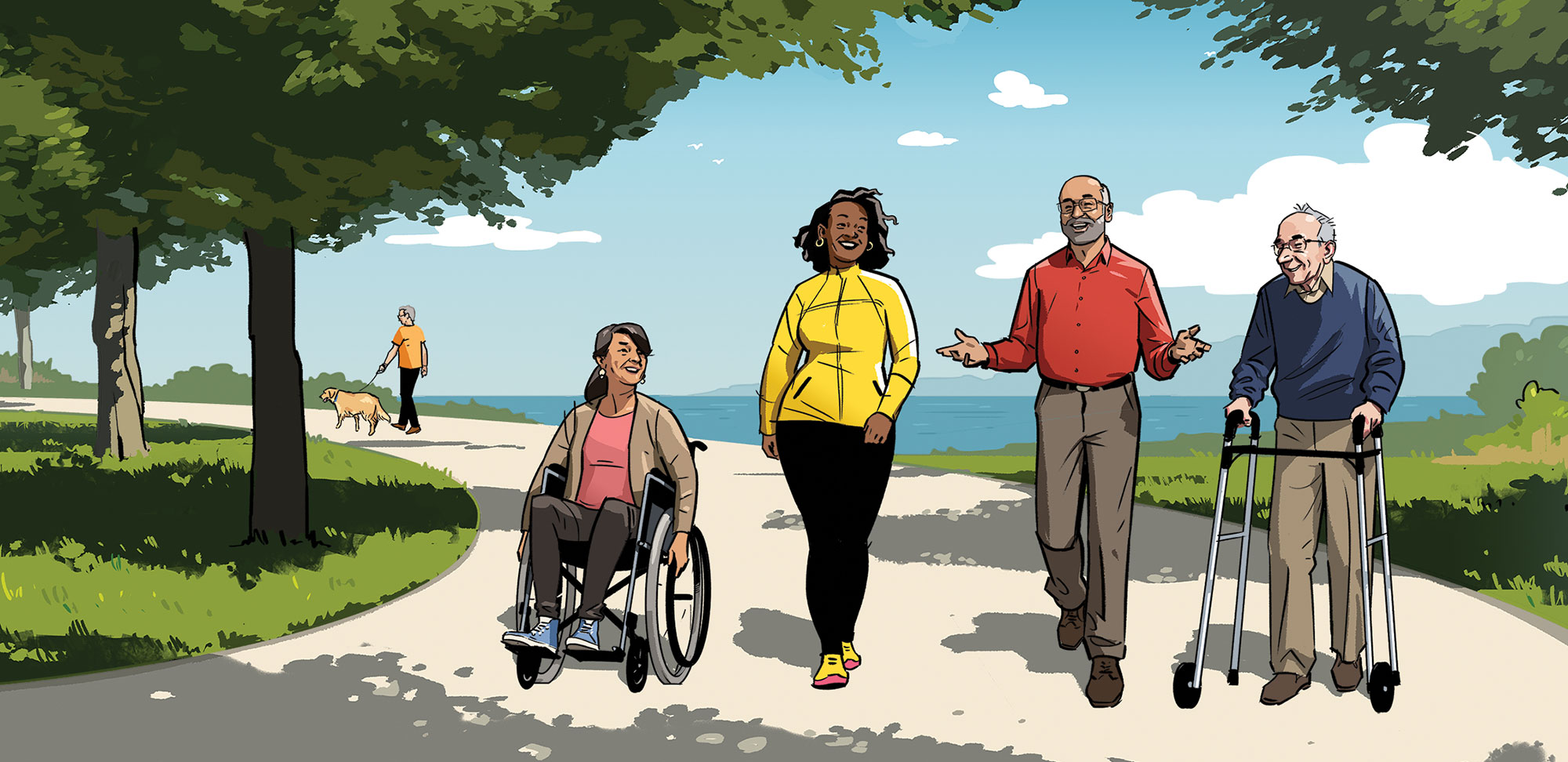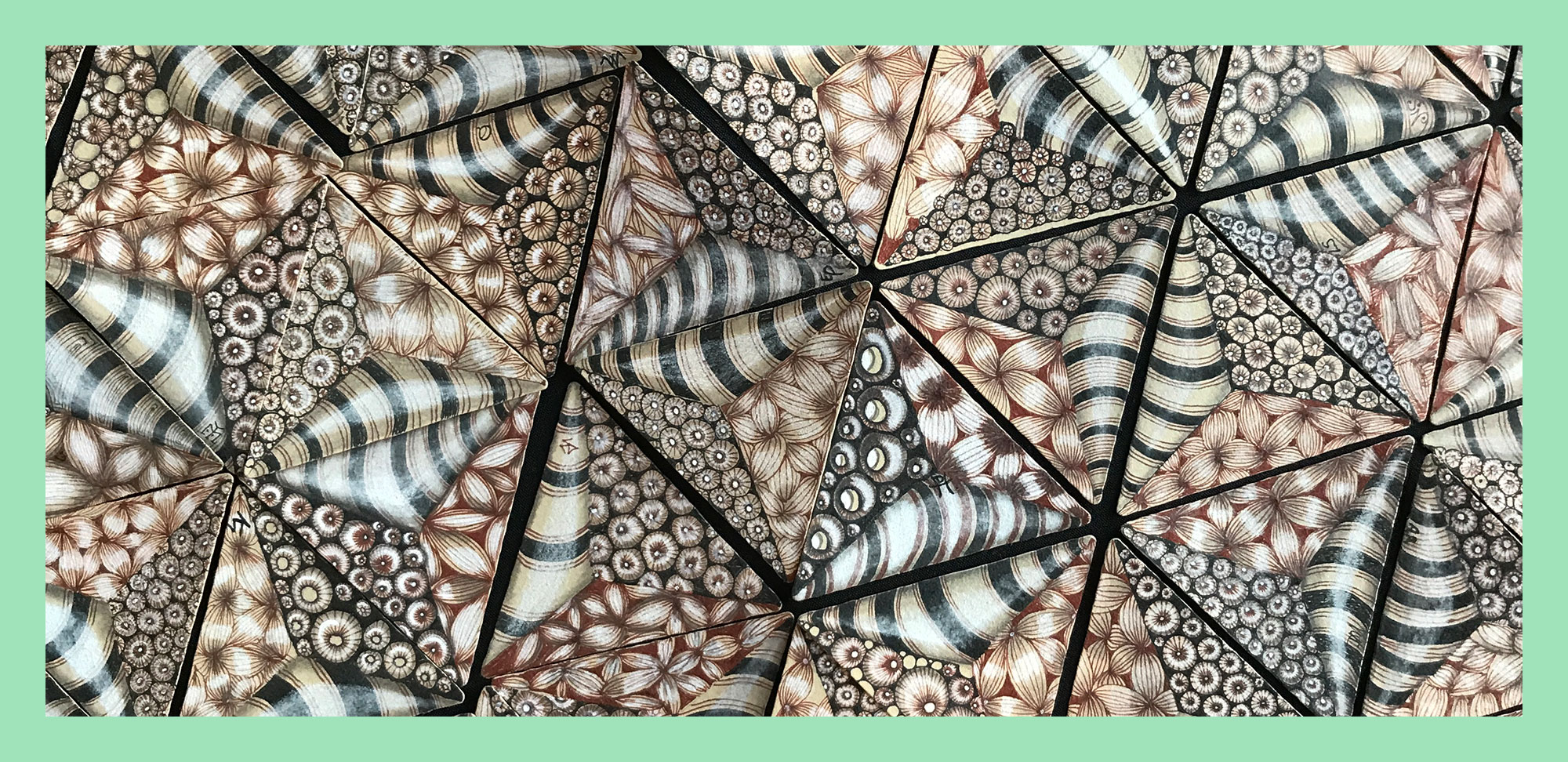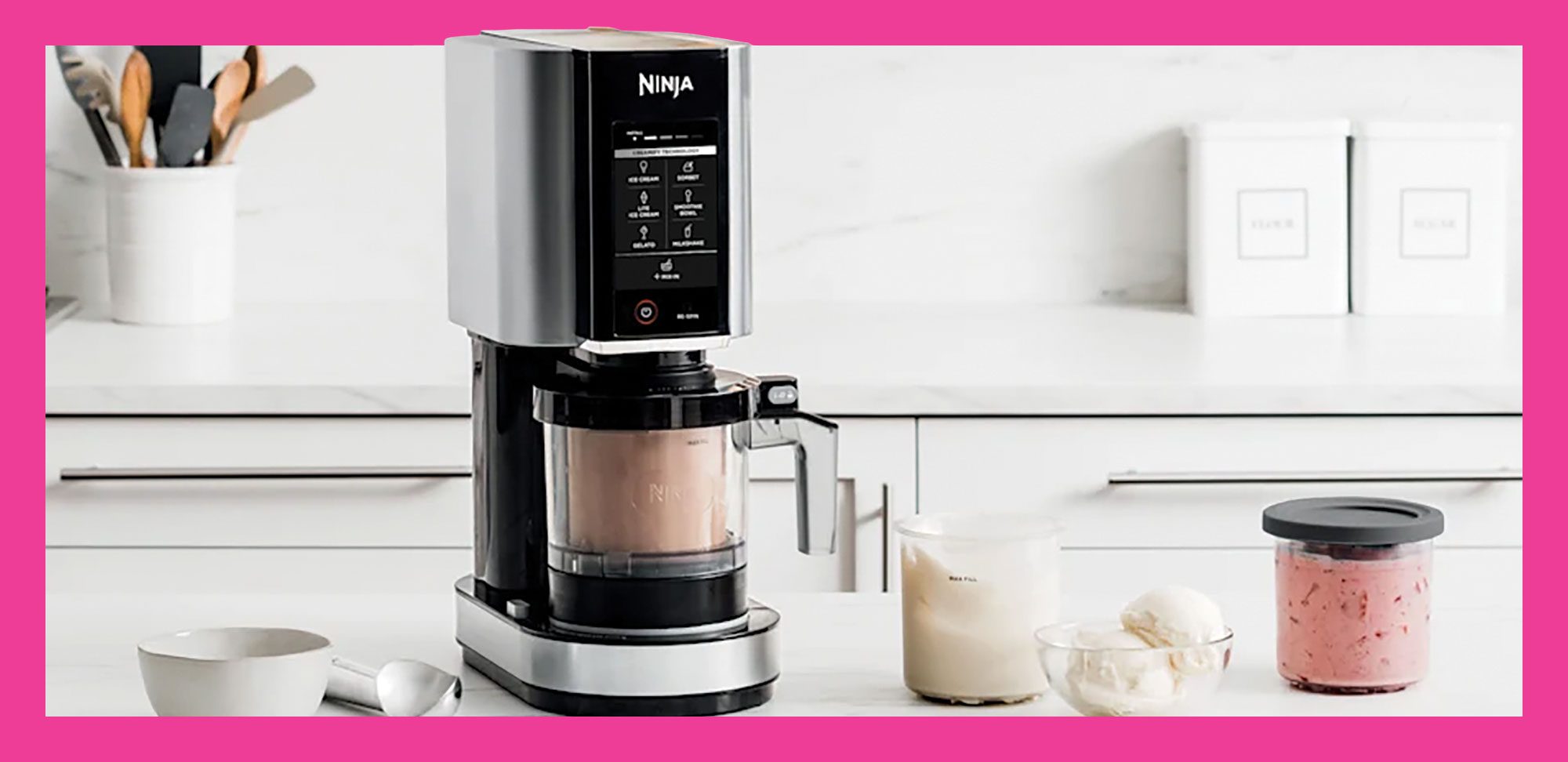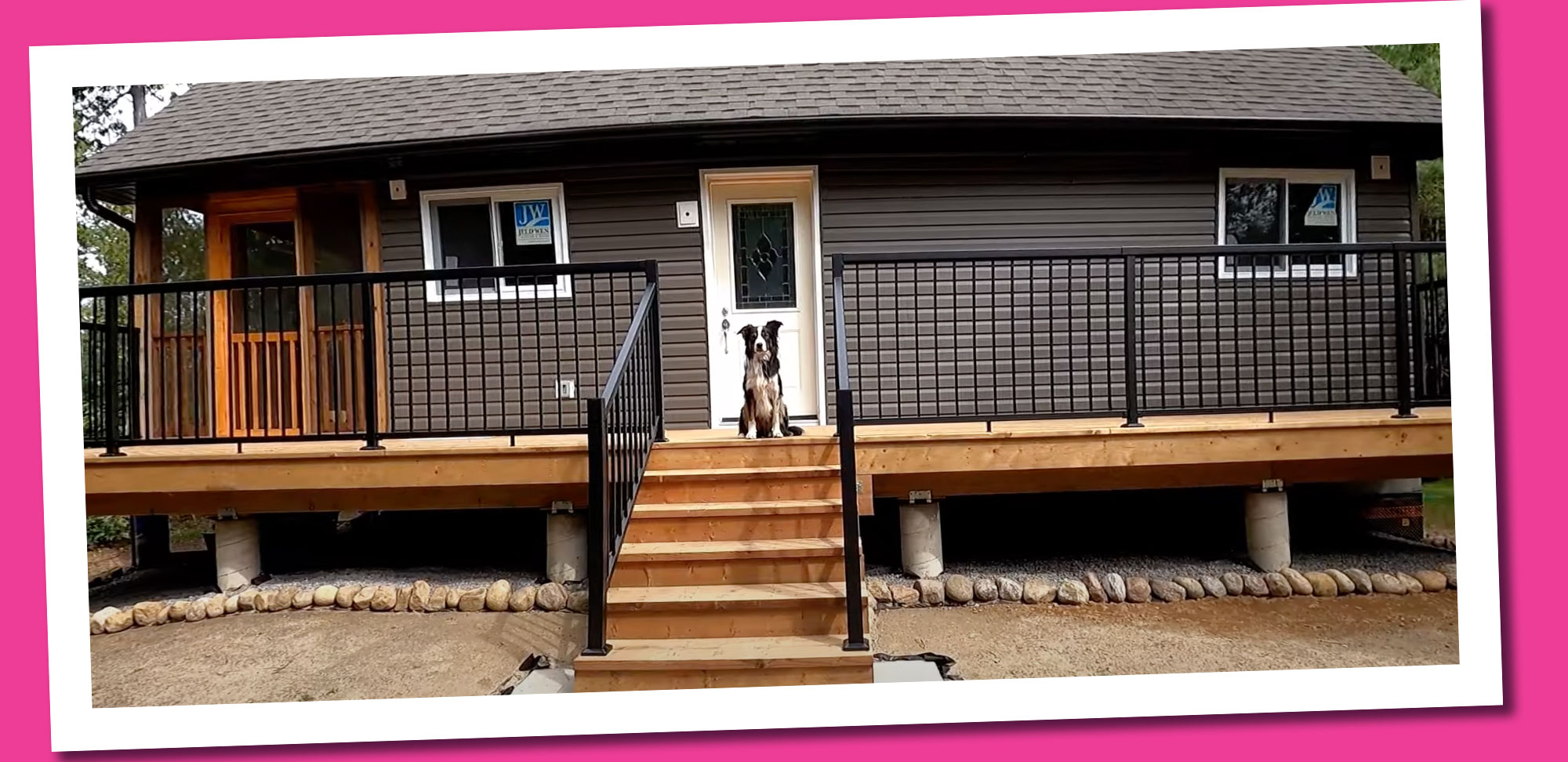Hockey may be Canada’s game, but crokinole and curling count as classic Canadian activities, too.
After all, the first known crokinole board was created in 1875 by a Perth County dad as a gift for his five-year-old son.
And curling was brought to Canada from Scotland; although details are sketchy, the likely story is that the 78th Fraser Highlanders regiment melted cannonballs to make iron curling “stones” and that they curled in the city of Quebec in 1759/1760.
Now, thanks to landscape architects Leanne Muir and Liz Wreford, you can play a hybrid version of both.
Muir and Wreford designed the game in 2017 when they were both working for Plain Projects, now Public City Architecture, in Winnipeg.
“We were brainstorming ideas to enter in the annual Warming Huts design competition for the Forks Market,” explains Muir, who now teaches environmental design at the University of Manitoba.
The Forks is a 53-acre mixed-use space that features artful warming huts along its several-kilometre skating trail. “We wanted to submit something that would be fun and playful and attract people to come together and enjoy themselves,” Muir says. With so many of the rules the same, they thought, why not create a game that combined curling and crokinole?
Public City entered the crokicurl idea. The next day, the competition jury told them that while it wouldn’t work on the skating trail, “we loved the idea so much, we wanted to build one ourselves for another part of the market,” says Dave Pancoe, site operations manager of special projects at The Forks.
The first public crokicurl rink opened at The Forks in 2017. “We got calls about it from everywhere, and visitors and passersby would always stop to give it a try.”
Here’s how you play the game:
While curlers slide a rock along ice and crokinole players flick wooden discs toward the centre of their board, crokicurl uses a life-size crokinole board structure set up on an ice rink. There’s an octagonally shaped playing surface with red and blue painted scoring circles, low boards circling the entire playing area, posts set up in a circular shape, and a recessed “button” in the centre. Each team of one or two players has four rocks of the same colour. Players take turns throwing, trying to get their rocks on the button.
“There’s no learning curve for this activity,” says Russ Duhaime, a curling coach in Haliburton, Ont., who makes his own crokicurl rink every year. He says the game can be played by anyone of any age and fitness level.
The only physical part is crouching down to throw the rock, says Muir. If you can’t crouch down or are in a wheelchair, a short stick can be used to push the rock. Since the rink is shorter than a curling rink, you don’t need to be especially strong to push the rock far and there’s no sweeping like there is in curling.
Crokicurl is growing in popularity across the country and may well be coming to a public space or backyard near you this winter.
After hearing about the game at a conference, “we built our first crokicurl rink in 2018, and the game brings a lot of joy and interest to the area,” says DeeAnn Mercier, executive director of the Broadway Business Improvement District in Saskatoon.
“Crokicurl is a great activity for Canada,” she says. “It is accessible to all folks, gives people another way to try something new and have fun in winter, and it builds community.”
It doesn’t get any more Canadian than that.
CROKICURL PLAYING TIPS
Download rules from Public City here: publiccityarchitecture.com/crokicurl-rules-and-instructions. In general, teams accumulate points by sliding their rocks onto the centre button.
- Wear footwear with good grip for the ice.
- Use the boards to brace your foot as you push the rock into the centre.
- If you can’t bend down, use a stick of some kind to push the rock.
Get ready to Rock!
Used curling rocks
Check local sports stores for refurbished curling rocks — you’ll find them for sale online at sites such as Kijiji and eBay. Ask curling clubs if they are replacing their rocks — the old rocks can be refurbished so theyʼre as good as new.
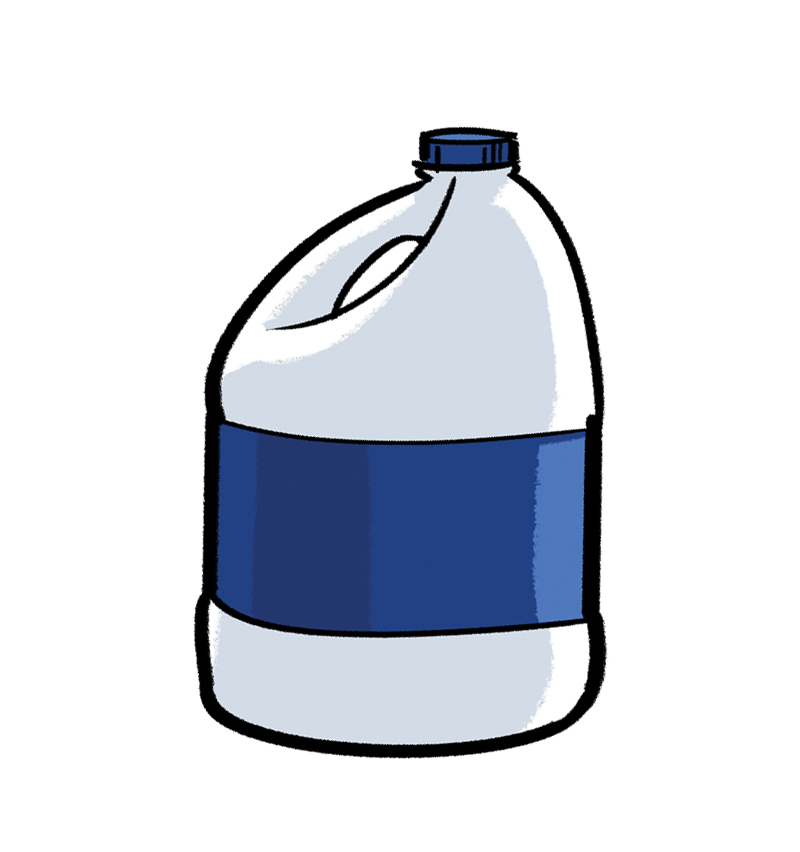
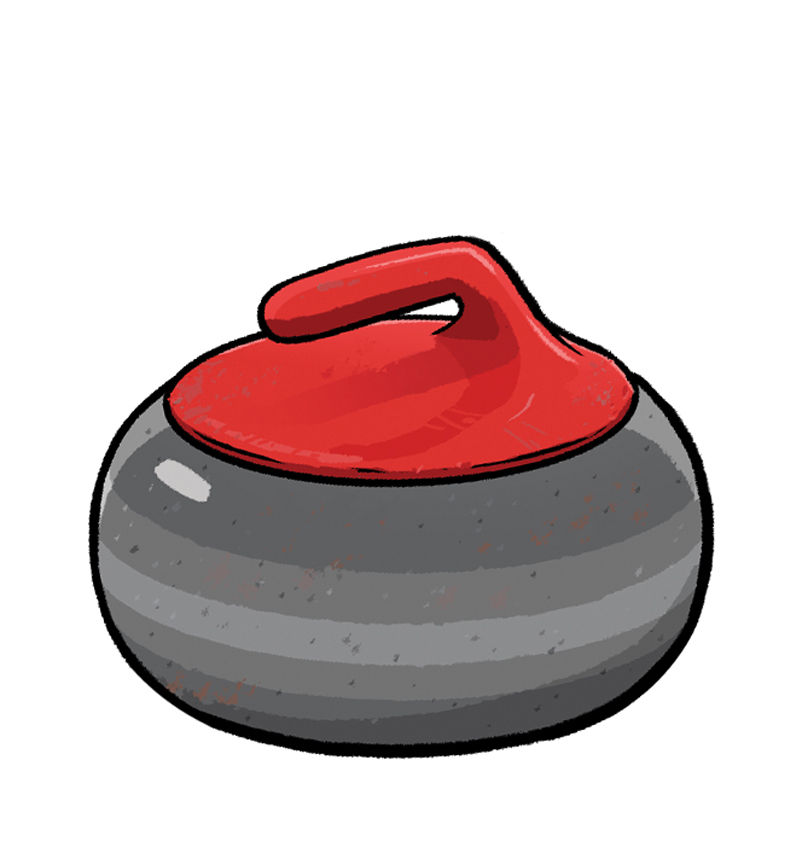
Plastic jugs
Fill empty plastic milk or juice jugs, the kind with handles, with coloured water — use a different food colouring for each jug so you know whose rock belongs to whom! Freeze.
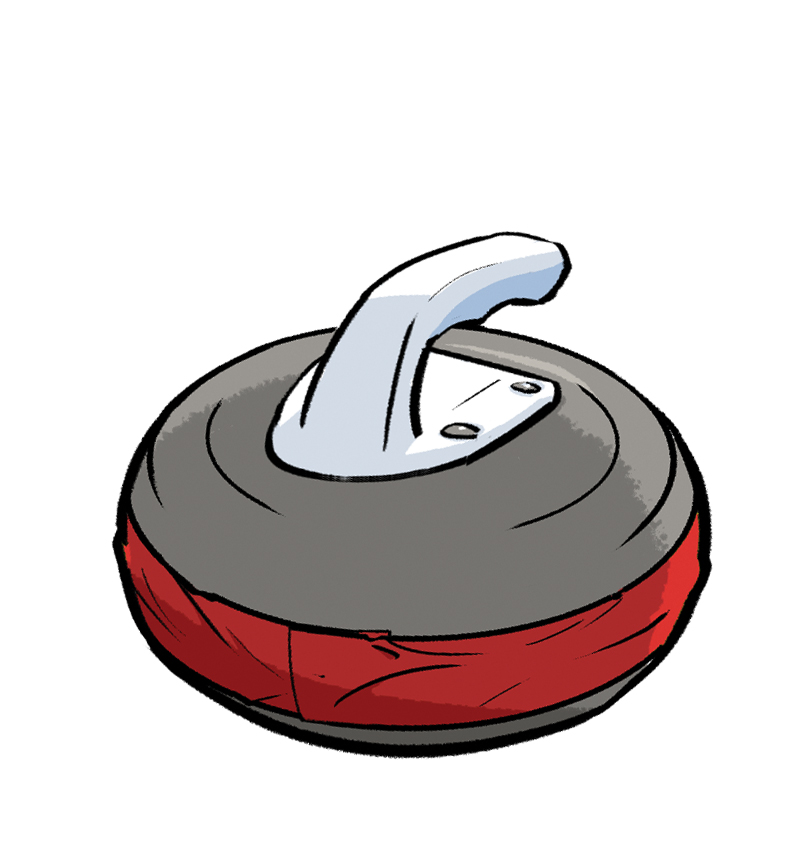
DIY Mixing Bowls
And if you’re really ambitious, try mixing bowls filled with concrete.
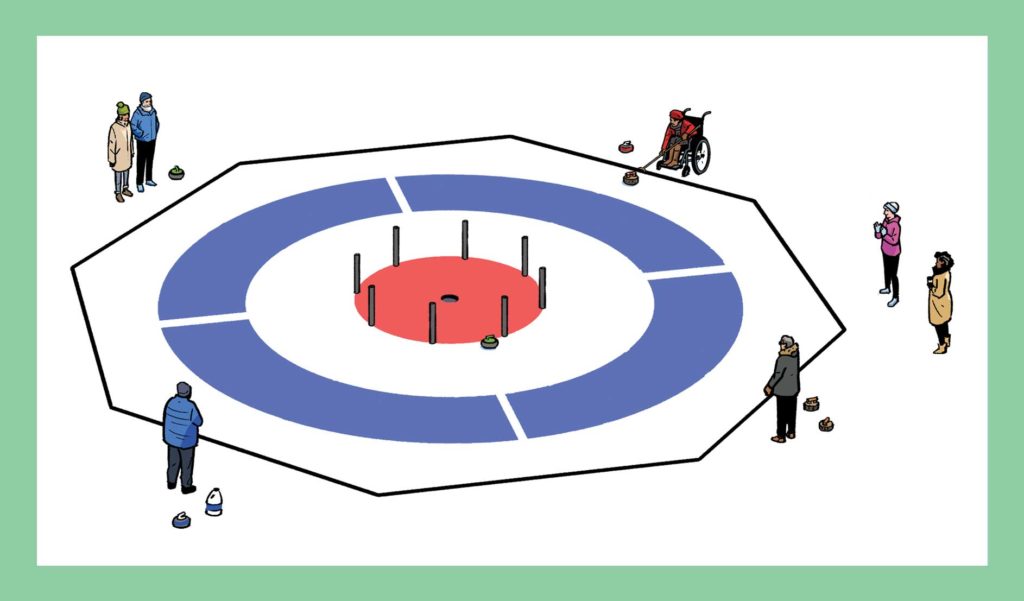
WHERE TO PLAY
- Check local curling rinks and community centres to see if they have decided to make an outdoor crokicurl rink. Rocks (lower-weight junior rocks) are usually supplied.
- Google public crokicurl rinks in your city and community.
- Make your own crokicurl rink by following directions from Public City Architecture. “Drawings are free to anyone who is interested because it is such a playful, joyful and accessible activity,” says Muir.
- Make a cruder version. Duhaime made an ice rink in his backyard, and “for every inch in my crokinole board, I measured a foot.” He spray-painted lines on the ice and chiselled out a button in the centre. He made rocks by cutting a fallen pine tree into slabs and rounding the edges.
